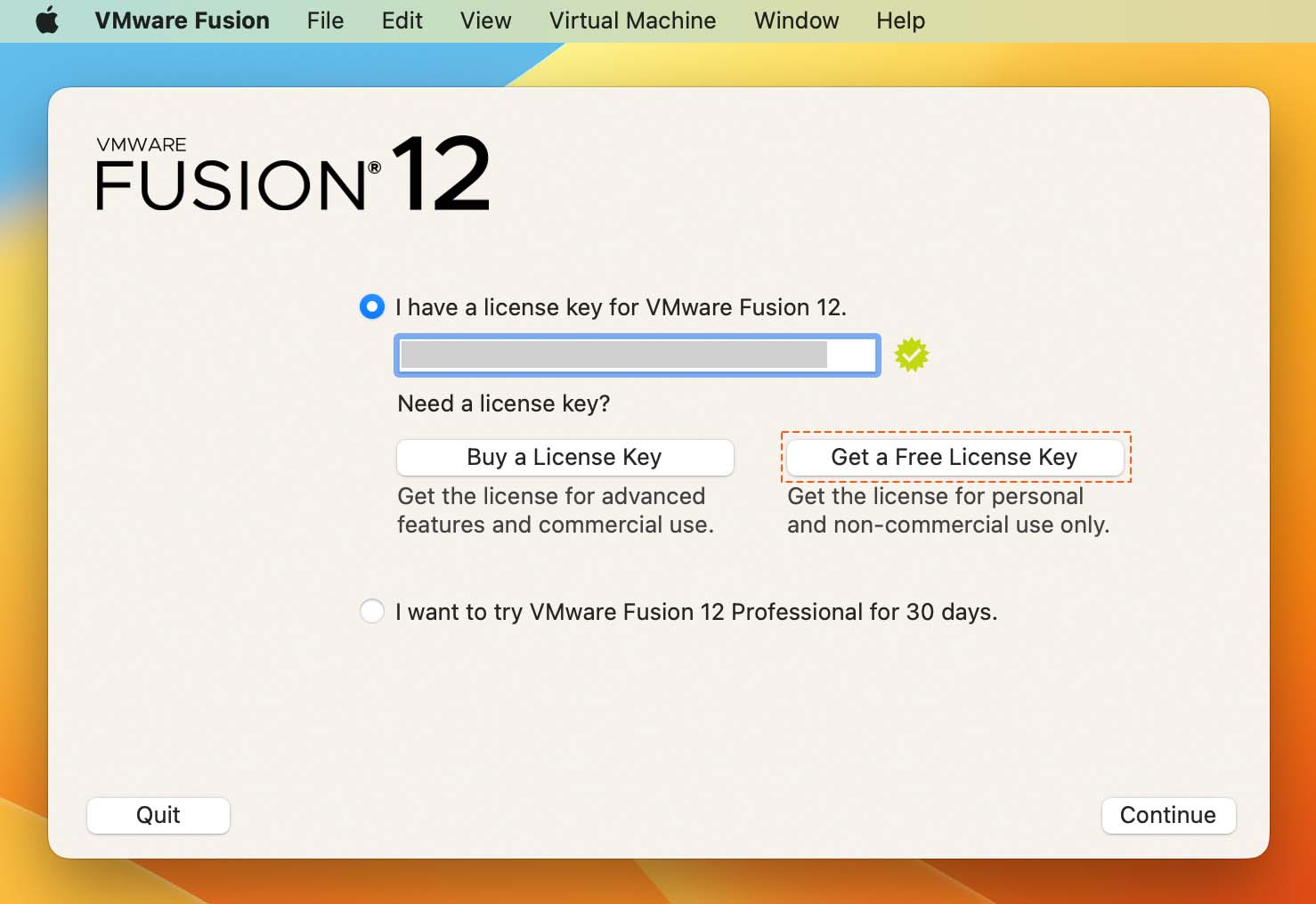

- #Vmware fusion player limitations install#
- #Vmware fusion player limitations driver#
- #Vmware fusion player limitations Patch#
- #Vmware fusion player limitations iso#
- #Vmware fusion player limitations download#
I did some testing and ran into the same issue with Ventura - seems a known issue. I'm using the same VMWare Workstation version and installed Monterey this way (like you did). Or grab this copy (which may be very outdated by the time you read this)

#Vmware fusion player limitations iso#
If you have VMWare Fusion on a Mac, then you can find the ISO file here (recommended): /Applications/VMware Fusion.app/Contents/Library/isoimages/x86_圆4/darwin.iso Now by default, VMware Workstation Player will NOT come with the macOS VMware tools.
#Vmware fusion player limitations install#
Install the VMWare Tools for your macOS VM (requires VM reboot)
#Vmware fusion player limitations driver#
The initial image is very laggy during setup, which can be due to the number of cores or memory, but more likely because of the video driver (or lack thereof).Ħ. Once erased (use default values), close " Disk utility" and select " Install macOS Monterey" (or which ever version you are installing). Select that disk, click " Erase", give it a name, but keep the other default values ( APFS/ GUID Partition map). Run the Apple install - takes about 15-25 minutes depending on your hardware.Īt initial setup: Select " Disk Utility" first to select and erase the VMWare disk - mine was the first one listed under " Internal", called " VMware Virtual SATA Hard Drive Media".
#Vmware fusion player limitations Patch#
Untested, but it seem that you will need to apply a patch to the VMX file as well, telling it that you're running on a Mac.ĥ. I usually customize the setting for my VM's, and in this case:ĪMD CPU's are NOT supported by macOS, and during initial boot you'll get a message The CPU has been disabled by the guest operating system. Open VMWare Workstation Player, and create a new virtual machine - you can select macOS now, and select the macOS ISO file.Ī few things you should pay attention to:
#Vmware fusion player limitations download#
Download and run Auto-Unlocker which add “macOS” as an option when creating a new Virtual machines.Ĥ. I used the method described here - since downloading ISO files from others can be questionable.ģ. Install VMWare WorkStation Player (I used v17) - it's free for non-commercial use.Ģ. This worked for me, even with an AMD CPU:ġ. Since I have a nice gaming laptop at my disposal (Asus ROG G713, AMD 6900HZ CPU and Nvidia 3080 GPU), I just wanted to give it a try to install a macOS VM on my Windows computer. However when needing a virtual machine to test an older macOS, I find a macOS Virtual Machine to run really slow on a Mac. We will double-click on this and after following the prompts we are all done and can use VMware’s Public Tech Preview like normal.I occasionally need to test a few things for macOS, for which I usually use one of my Mac's. dmg.Īfter it downloads we will just double-click on the file and we are presented with the following: From here we will want to download the first file, which is the. We will first go to Get Fusion M1 which will auto-redirect us to the most current Tech Preview (At the time of writing this page is out of date, the current version is 22H2). This is subject to change when Apple Silicon support is added to their main lineup, however until then the steps to get started are pretty straightforward. You need to go to VMware’s website and download and install manually.Īt the time of writing VMware is still offering Apple Silicon support through their Public Tech Preview for free. (20191287) then you need to update.ĭue to a limitation of the VMware updater software, if you are on an earlier version, it will report that there are no updates available.

If you are not on at least Player Version e.x.p. You need to be on the 22H2 release of the VMware Technical Preview.


 0 kommentar(er)
0 kommentar(er)
